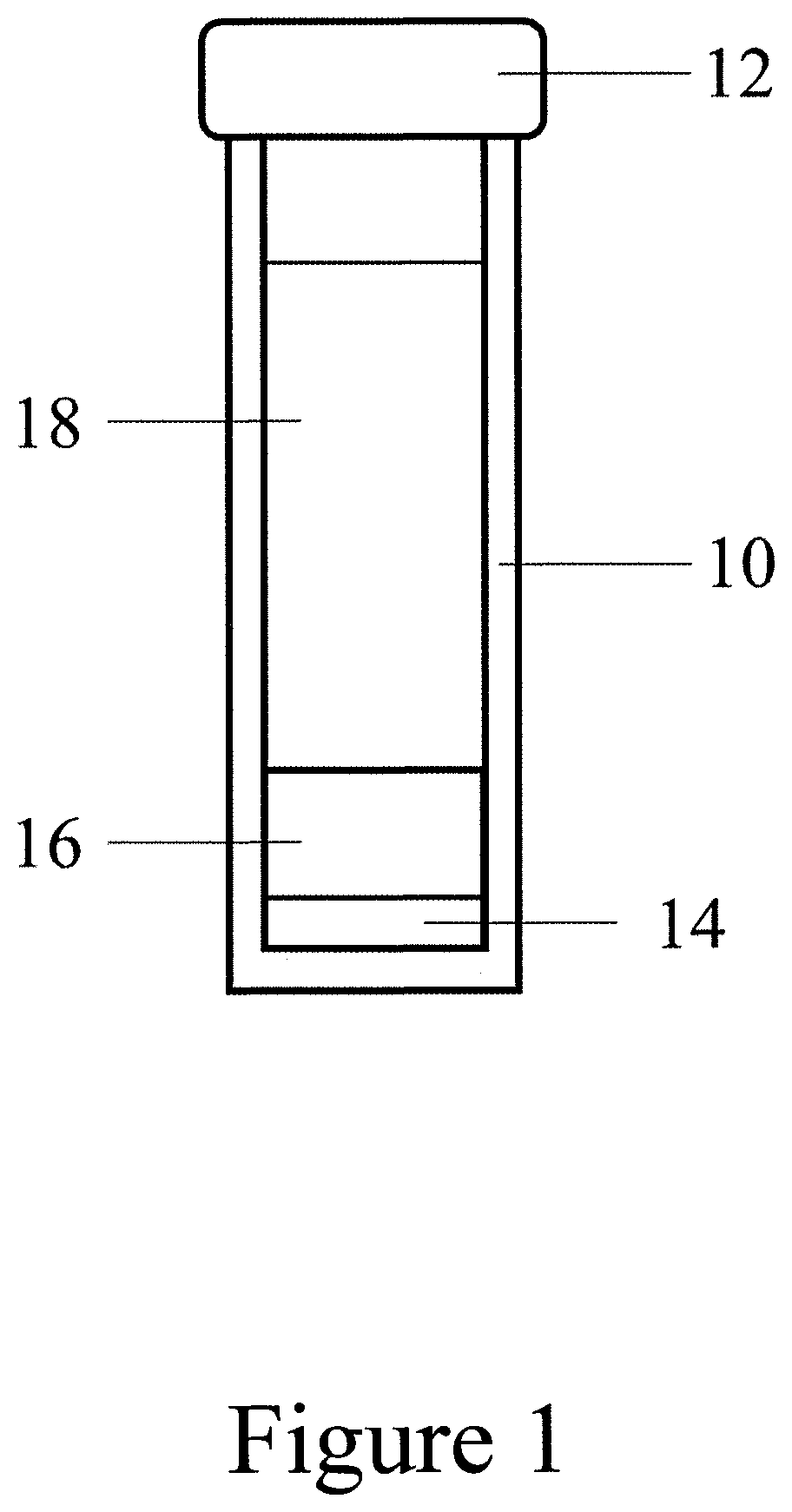Method for the assessment of alkali-silica reactivity of aggregates and concrete mixtures
a technology of alkali-silica reactivity and concrete mixture, which is applied in the field of chemical testing methods, can solve the problems of affecting the service life of the equipment, and being susceptible to various deterioration mechanisms
- Summary
- Abstract
- Description
- Claims
- Application Information
AI Technical Summary
Benefits of technology
Problems solved by technology
Method used
Image
Examples
Embodiment Construction
[0030]Reference will now be made in detail to the presently preferred embodiment or embodiments of the disclosure, examples of which are fully represented in the accompanying drawings. Such examples are provided by way of an explanation of the disclosure, not a limitation thereof. It should be apparent to those of ordinary skill in the art that various modifications and variations can be made to the presently disclosed embodiments without departing from the spirit and scope thereof. For instance, features illustrated or described as part of one embodiment may be used on another embodiment to yield a further embodiment. Still further, variations in selection of materials and / or characteristics may be practiced and changes to the basic order of method steps, where appropriate may be made to satisfy particular desired user criteria. Thus, it is intended that the present disclosure cover such modifications and variations as come within the scope of the appended claims and their equivale...
PUM
| Property | Measurement | Unit |
|---|---|---|
| Temperature | aaaaa | aaaaa |
| Temperature | aaaaa | aaaaa |
| Fraction | aaaaa | aaaaa |
Abstract
Description
Claims
Application Information
 Login to View More
Login to View More - R&D
- Intellectual Property
- Life Sciences
- Materials
- Tech Scout
- Unparalleled Data Quality
- Higher Quality Content
- 60% Fewer Hallucinations
Browse by: Latest US Patents, China's latest patents, Technical Efficacy Thesaurus, Application Domain, Technology Topic, Popular Technical Reports.
© 2025 PatSnap. All rights reserved.Legal|Privacy policy|Modern Slavery Act Transparency Statement|Sitemap|About US| Contact US: help@patsnap.com

